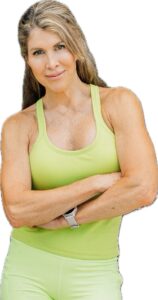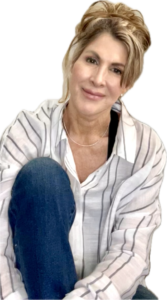We all know the struggle: you’re brimming with positivity, determined to think and speak happy thoughts. But then, negativity creeps in from those around you. Maybe they don’t understand the power of positive thinking, or perhaps they’re stuck in a rut of complaining and criticizing.
Here’s the good news: you have a choice! You don’t have to get sucked into the vortex of negativity.
The Secret Weapon: Your Tribe
The key to staying positive is surrounding yourself with like-minded people – your “positivity posse.” These are the friends, family, or colleagues who lift you up, inspire you, and celebrate your journey.
Power in Numbers:
Let’s face it, one positive voice is great, but two (or more!) are unstoppable! Partner up with someone who shares your positive outlook. Together, you can gently nudge conversations back towards the light, subtly reminding others of the power of a good attitude.
Leading by Example:
Even if you can’t directly change someone, you can still influence their world. Be the beacon of positivity! Inject optimistic statements into conversations, or simply steer the topic towards something uplifting. Your genuine enthusiasm will be contagious.
Know Your Limits:
Not everyone thrives on positivity. Sometimes, people cling to negativity as a comfort zone. Let them know you care, but also give them the space to find their own path.
The Art of the Exit:
If negativity becomes overwhelming, it’s okay to excuse yourself. Removing your energy from the situation sends a subtle yet powerful message.
Honest Talk:
For those close to you, an honest conversation about negativity might be the key. Remember, awareness is the first step to change.
Positivity is a Magnet:
By surrounding yourself with those who share your positive outlook, you create a powerful force field that attracts others. Soon, you’ll find your positivity posse growing, lighting up the world one positive thought at a time!
You got this!




